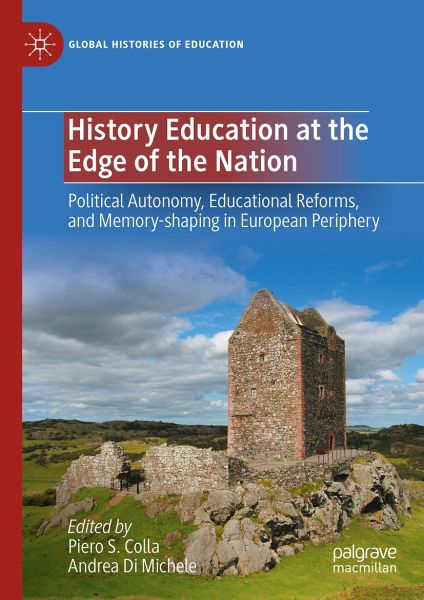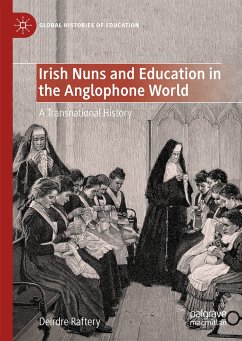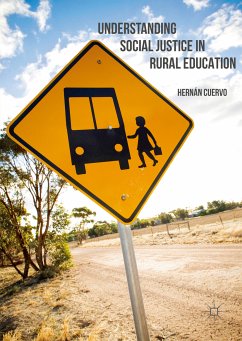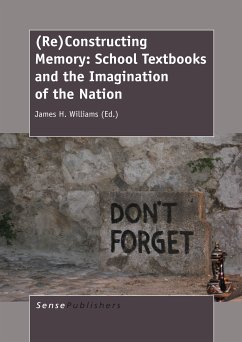
History Education at the Edge of the Nation (eBook, PDF)
Political Autonomy, Educational Reforms, and Memory-shaping in European Periphery
Redaktion: Colla, Piero S.; Di Michele, Andrea
Versandkostenfrei!
Sofort per Download lieferbar
120,95 €
inkl. MwSt.
Weitere Ausgaben:

PAYBACK Punkte
60 °P sammeln!
This edited volume explores the evolution of history education from a transnational perspective, focusing on border regions in Europe that are considered on the "periphery" of the Nation-State. By introducing this concept and taking into consideration the dynamics of decentralization and the development of minorities' teaching practices and narratives, the book sheds light on new challenges for history education policy and curriculum design. Chapters take a comparative approach, dissecting and analyzing specific case studies from school systems in France, Germany, Italy, the UK, and Scandinavi...
This edited volume explores the evolution of history education from a transnational perspective, focusing on border regions in Europe that are considered on the "periphery" of the Nation-State. By introducing this concept and taking into consideration the dynamics of decentralization and the development of minorities' teaching practices and narratives, the book sheds light on new challenges for history education policy and curriculum design. Chapters take a comparative approach, dissecting and analyzing specific case studies from school systems in France, Germany, Italy, the UK, and Scandinavian countries. In doing so, the editors and their authors weave a systematic account of the impact of local autonomy on educational culture, on the civic remit of schools, and on the narratives embodied by history school canons.
Dieser Download kann aus rechtlichen Gründen nur mit Rechnungsadresse in A, B, BG, CY, CZ, D, DK, EW, E, FIN, F, GR, HR, H, IRL, I, LT, L, LR, M, NL, PL, P, R, S, SLO, SK ausgeliefert werden.












